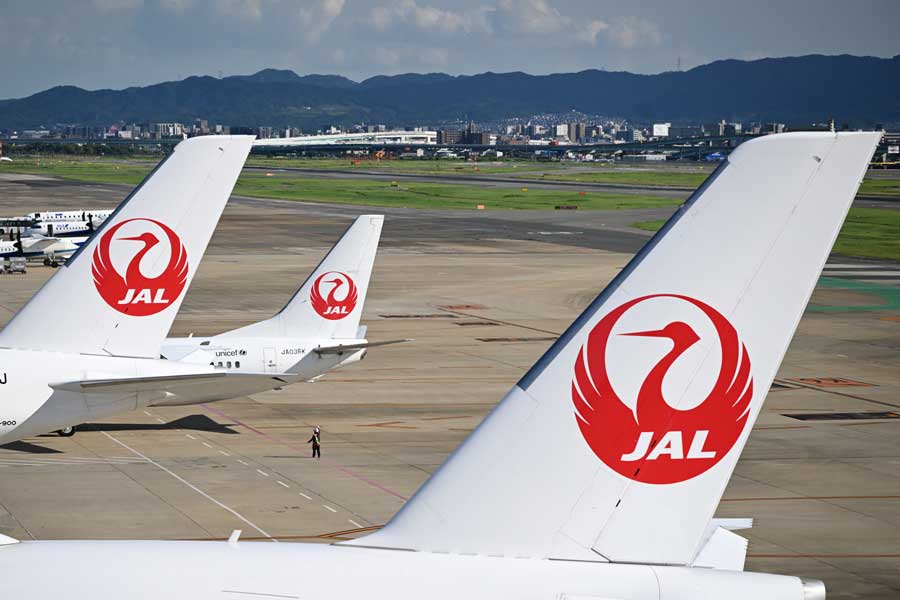
JAL Suspends Same-Day Standby and Upgrades at New Chitose Airport on December 12 Due to Snow
All Nippon Airways (ANA) has opened its newly constructed 8th cargo building at Narita Airport to the media. The company consolidated six dispersed facilities into the new 8th cargo building and the existing 7th cargo building, starting the operation under the name “ANA Cargo Base+” from October 21st.
The 8th cargo building was constructed by Narita International Airport Corporation (NAA) on the north side of Runway A in the cargo terminal area as a measure against the dispersion and congestion of cargo facilities at Narita Airport. ANA operates the building under lease from NAA.
The total floor space is approximately 61,000 square meters, with a shed area of about 38,000 square meters, making it the largest cargo shed for ANA. The combined shed area including the existing 7th cargo building is now about 48,000 square meters in total, allowing for handling about 25% more cargo than before, translating to around 500,000 tons per year. Moreover, by consolidating the previously dispersed import and export sheds, the connection time for trilateral cargo has been shortened from 300 to 180 minutes, enhancing convenience in the increasingly demanded Europe-America-Asia trilateral cargo transport and strengthening international competitiveness.
Inside the facility, ANA is advancing the automation of operations as a measure against labor shortages. In the export area, 60 Automated Guided Vehicles (AGVs) are introduced for automatic handling and storage of cargo. According to ANA, this is the first full-scale introduction of AGVs by a domestic airline. In the import area, their partner company, International Airport Cargo Terminal (IACT), has introduced 5 Automated Guided Forklifts (AGFs) and an automated high-rise rack that can store up to 2,040 pallets, automating the loading and unloading process. ANA states that this is the world’s first adoption of AGFs in airport handling, and combining multiple AGFs with an automated high-rise rack is a first in Japan, including warehouses outside airports.
Furthermore, to enhance the capability to handle cargo requiring temperature control such as pharmaceuticals and fresh goods, new temperature-controlled facilities compliant with the International Air Transport Association (IATA)’s air transport quality certifications ‘CEIV Pharma’ and ‘CEIV Fresh’ were established. The area is five times larger than the current shed, spanning 1,644 square meters, equipped with freezing, refrigeration, and moderate temperature zones, conducting temperature mapping and monitoring in all rooms.
Narita Airport is currently undergoing a capacity enhancement plan which includes the construction of a new runway and the extension of existing runways, aiming for completion in March 2029. The government’s National Strategic Special Zone Advisory Council confirmed in August the policy of enhancing Narita Airport’s functions as an international air cargo hub. The “New Narita Airport Concept”, articulated by experts and municipal committee members, also outlines specific policies aimed at making Narita a cargo hub airport in the East Asia region.
ANA President Shinichi Inoue, speaking at the commemorative ceremony, emphasized, “Ahead of the ‘Second Opening’ in 2029, ANA’s realization of a new logistics hub utilizing digital technology will significantly contribute to the ‘New Narita Airport Concept’.” He expressed confidence that “the commencement of operation at the new sheds adds a crucial piece to ANA’s cargo business, preparing us to compete with the world’s rivals.”